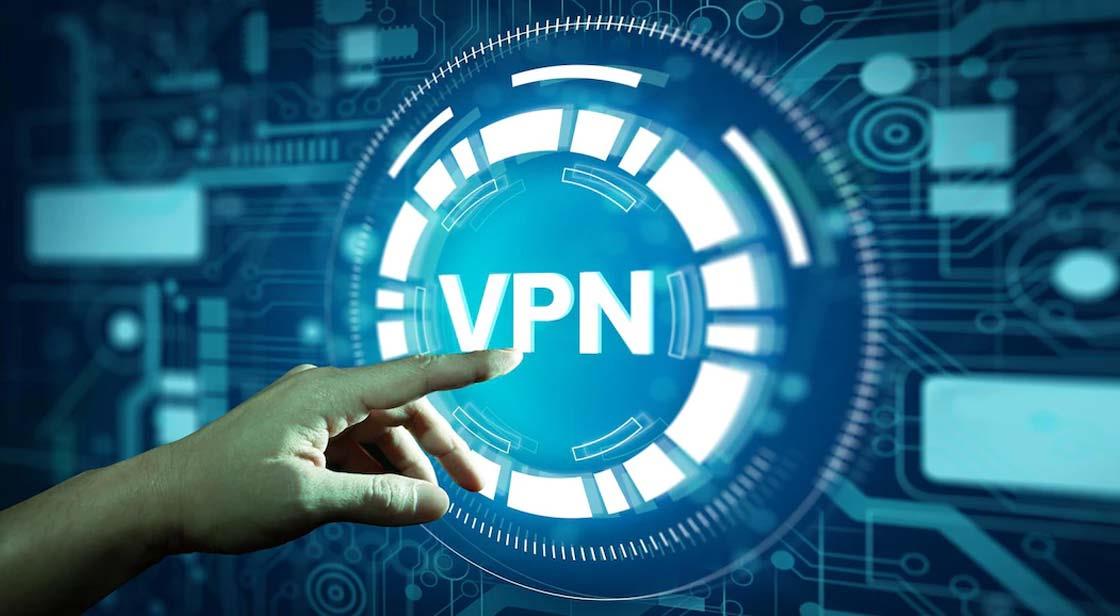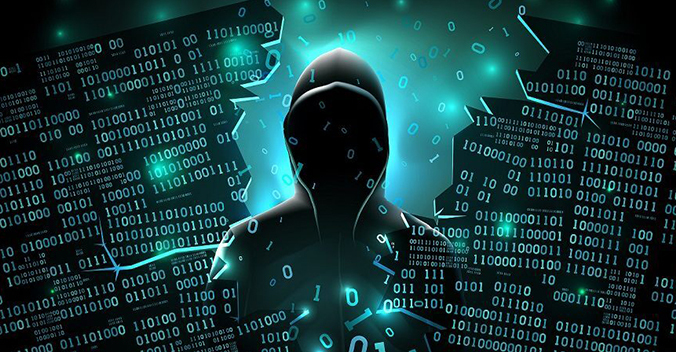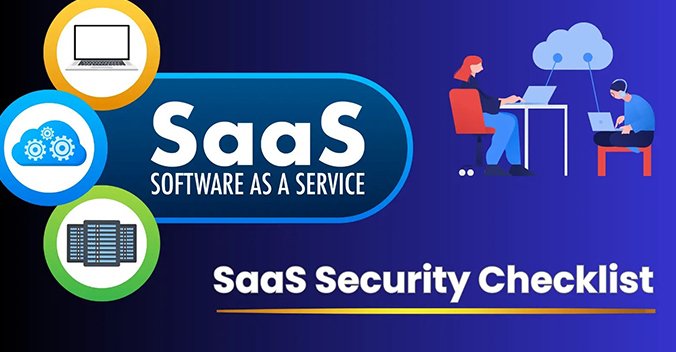Once a relatively unknown kind of cybercrime, ransomware has grown to pose a serious threat to both individuals and businesses. That could have disastrous financial and psychological repercussions. Let's face it: the smooth operation of digital infrastructure in all areas affects us all greatly. Thus, threat actors view using ransomware to limit access as a simple way to get big money.
The unfortunate truth is that ransomware is real and will not go away. It takes a lot of effort and time to fully recover from a ransomware attack. It primarily involves much more than just decrypting and recovering data. It affects customers greatly, necessitates rebuilding entire systems, and deals with operational downtime.
The more sophisticated these assaults get, the more important it is to comprehend and put into practice a proactive ransomware prevention plan. In order to make sure that individuals and companies are aware of these cyber threats and ready to address them head-on, this article explores the tactics and solutions that may be used to strengthen defenses against malware crimes.
Why Is It So Hard to Stop Ransomware Attacks?
Let's take a look at the reasons behind the difficulty of countering ransomware attacks before discussing the most preventive measures for protecting against them.
- Rapid Evolution of Tactics - As ransomware are always changing, they are infamously difficult to stop. Cybercriminals are always improving their approaches, coming up with new ways to get around established security protocols. Because of this ongoing change, defenses that worked yesterday might not work today, necessitating ongoing modifications and attention to detail.
- Complex Encryption Techniques - A ransomware attack's primary tactic is the use of sophisticated encryption techniques to lock away important data and hold it captive until a decryption key is given. Users are unable to access data due to these encryption algorithms, and because of their strength, it is frequently nearly hard to decrypt files without the attackers' key. The only choices left to the victims are to either pay the ransom or permanently lose their data, none of which is the best course of action.
- Targeting Cyber Vulnerabilities - Software flaws in networks or systems are frequently the target of ransomware attacks. These flaws might be anything from unpatched security holes to out-of-date software. It is challenging to fight against ransomware because of its capacity to take advantage of these flaws, particularly for businesses without a strong IT infrastructure or frequent updates.
- Sophisticated Recovery Process - Even in cases where a business chooses not to pay the ransom and maintains backups, the recovery process can still be difficult and time-consuming. Careful planning and execution are necessary when restoring systems and data from backup files to prevent reinfection and guarantee business continuity.
Ransomware attacks are terrifying like no other malware for several reasons, these being just a few of them. Don't worry, though, because we'll now go over how to prevent ransomware.
Preventive Steps to Deal with Ransomware Attacks
Using the newest security technology isn't the only thing that helps combat ransomware assaults; strategy and preparation are also key. In order to counter these cyber risks, both individuals and companies need to take a proactive approach. The steps primarily include as following:
Training Your Employees for Security Awareness
Employees are the weakest link in the chain, which is a sad but true factor in data breaches caused by human mistakes. Nearly 74% of all breaches contain a human error, according to the Verizon Data Breach Report 2023. Therefore, training your employees on security awareness is essential to safeguarding your company against ransomware.
It gives workers knowledge about different cyber threats, such as phishing and dubious downloads. Consequently, they can recognize and handle any risks with effectiveness. Also, it encourages a culture of cybersecurity knowledge lowers the danger of ransomware, and provides an additional line of protection.
Activate “Multi-Factor Authentication” Strategy
Establishing “Multi-Factor Authentication” (MFA) is an essential first step in protecting your company from ransomware threats. By forcing users to give various verification forms, such as a fingerprint in addition to a password transmitted to a different device, MFA improves security. Even if a factor is exposed, attackers will find it difficult to obtain access. Furthermore, MFA should be given careful consideration by all businesses, regardless of size to strengthen account & data protection.
Secure and Regular Backups at Regular Intervals
The foundation of a secure and regular backup strategy is protection against ransomware. It is essential to regularly create backups and test them to make sure they can be effectively restored. Since many ransomware variations can spread to connected storage, these backups must be maintained and isolated from the primary network. You can add extra protection by putting into practice a 3-2-1 backup method. This method calls for 3 complete copies of the data — 2 local copies on different devices and one offsite.
User Privileges and Restricted Access
Limiting user access is essential for reducing ransomware's potential damage. Enforcing a policy that restricts user access to the data and tools required for their job functions will greatly slow the spread of ransomware across the network. Security teams can ensure that this policy is complied with and that any unused access is removed by conducting routine audits of user privileges and access rights.
Prepare Incident Response Plan
After a ransomware attack, a well-executed incident response plan under the direction of a committed security team can make a big difference. This strategy ought to specify precisely what has to be done if an attack is discovered, such as identifying the assault's extent, contacting relevant parties, and isolating compromised systems. Frequent ransomware scenario drills and simulations can assist the response team in getting ready and making sure the plan works under various ransomware attacks.
When combined, these steps constitute a strong defense against ransomware assaults. Each one of them offers a layer of protection. Organizations and individuals can strengthen their resistance to these constantly changing cyber threats by implementing these tactics.
The Bottom Line
In order to protect their vital data and operations, businesses all over the world are investing more and more in strong commercial ransomware security systems. Ransomware is still a persistent menace. Attacks won't stop anytime soon since ransomware-as-a-service is becoming more and more prevalent, and cyber enemies are always changing.
Although the advice given here is crucial, keep in mind that complete protection goes beyond the essentials. Thus, you can enter 2024 prepared with awareness and care and remain resistant to ransomware with preventive measures, ongoing education, and a strong security architecture in place.

.jpg)


